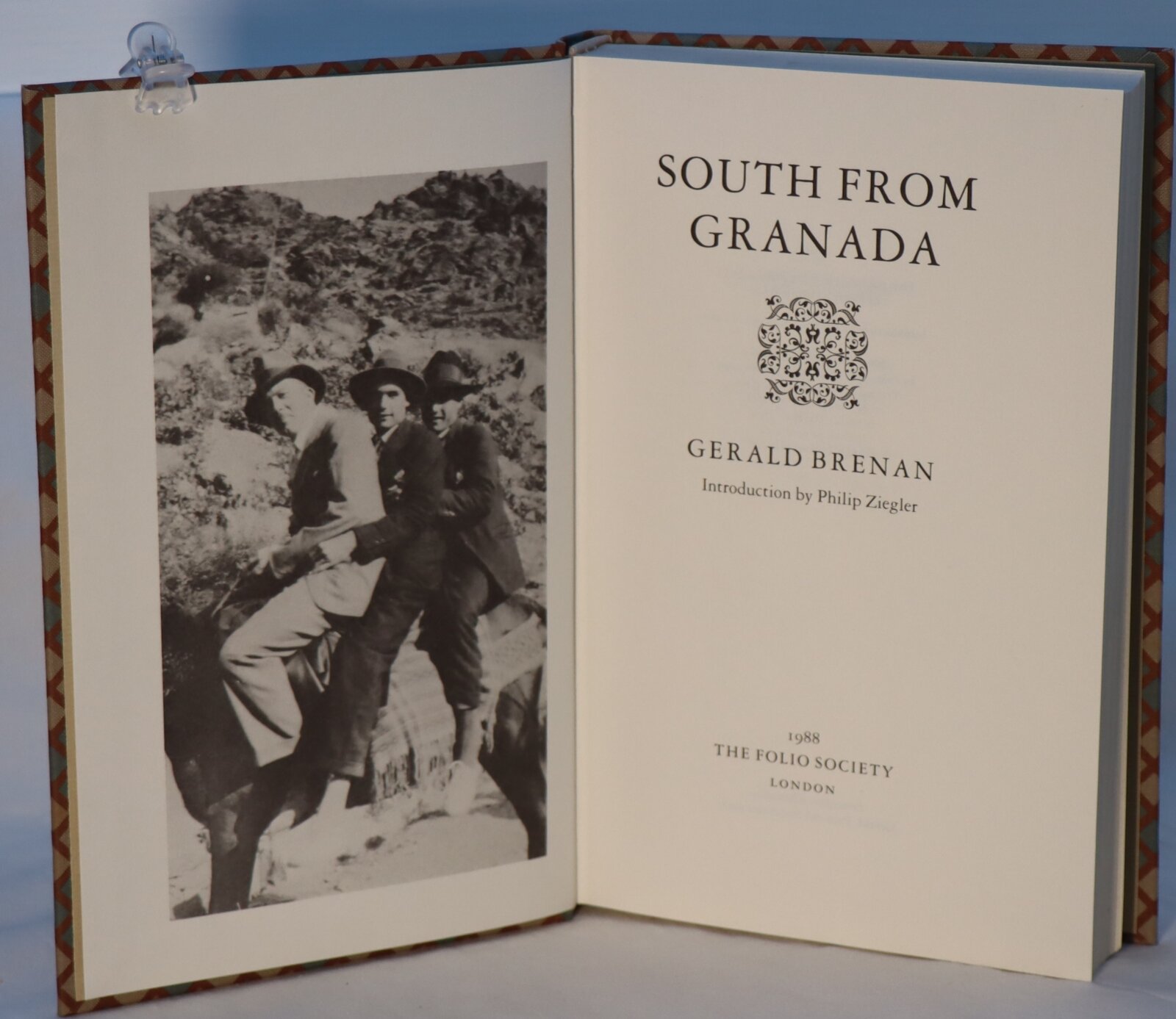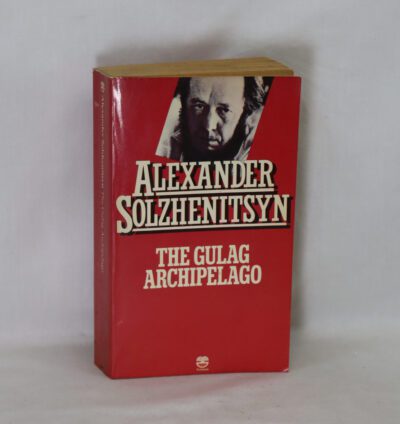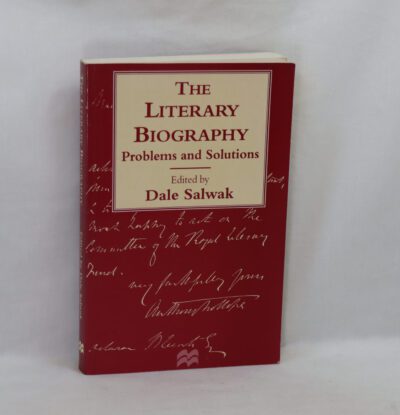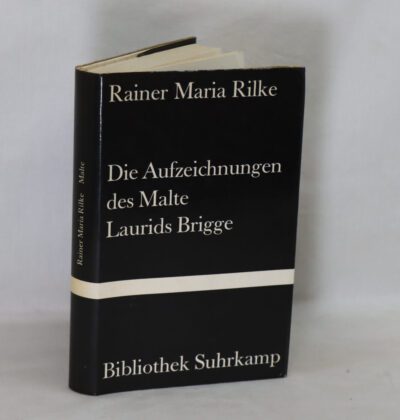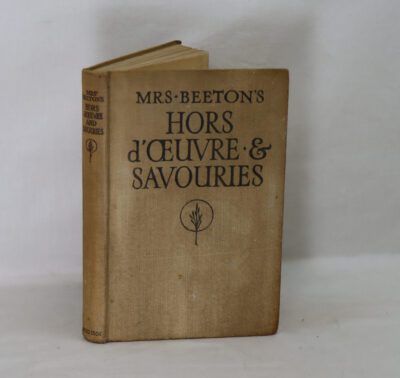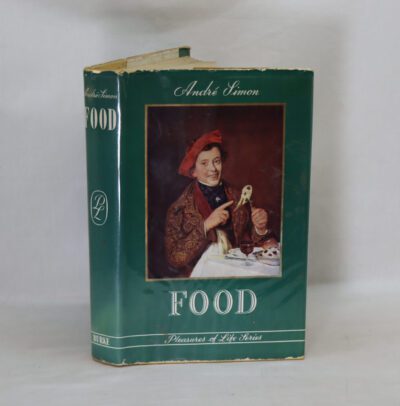South from Grenada.
By Gerald Brenan
ISBN: 9780141918037
Printed: 1988
Publisher: The Folio Society. London
| Dimensions | 16 × 24 × 3 cm |
|---|---|
| Language |
Language: English
Size (cminches): 16 x 24 x 3
Condition: Fine (See explanation of ratings)
Item information
Description
In a fitted box.Tan and blue patterned cloth binding with gilt title on the spine.
F.B.A. provides an in-depth photographic presentation of this item to stimulate your feeling and touch. More traditional book descriptions are immediately available.
When Gerald Brenan was demobilized in 1919, he looked for a house where he could live for as long as possible on his officer’s bounty, while making up for a lost education. he found it in a small village in Spain where the population was more interested in local intrigue and the decline in the standard of witchcraft than in four years of world war. The joy of this enchanting book lies in the gusto, love and wit that Brenan brings to the village itself, its pains and pleasures, its rows, rituals and courtships, its loves and litigations.
Brenan’s account of his time spent in Yegen, a mountain village in the Alpujarra region of south Spain, shortly after the first World War.”Between 1920 and 1934, Gerald Brenan lived in the remote Spanish village of Yegen and South of Granada depicts his time there, vividly evoking the essence of his rural surroundings and the Spanish way of life before the Civil War. Here he portrays the landscapes, festivals and folk-lore of the Sierra Nevada, the rivalries, romances and courtship rituals, village customs, superstitions and characters. Fascinating details emerge, from cheap brothels to archaeological remains, along with visits from Brenan’s friends from the Bloomsbury group – Lytton Strachey and Virginia Woolf among them. Knowledgeable, elegant and sympathetic, this is a rich account of Spain’s vanished past.”
The Bloomsbury Group—or Bloomsbury Set—was a group of associated English writers, intellectuals, philosophers and artists in the first half of the 20th century, including Virginia Woolf, John Maynard Keynes, E. M. Forster and Lytton Strachey. This loose collective of friends and relatives was closely associated with the University of Cambridge for the men and King’s College London for the women, and they lived, worked or studied together near Bloomsbury, London. According to Ian Ousby, “although its members denied being a group in any formal sense, they were united by an abiding belief in the importance of the arts.” Their works and outlook deeply influenced literature, aesthetics, criticism, and economics as well as modern attitudes towards feminism, pacifism, and sexuality.
Want to know more about this item?
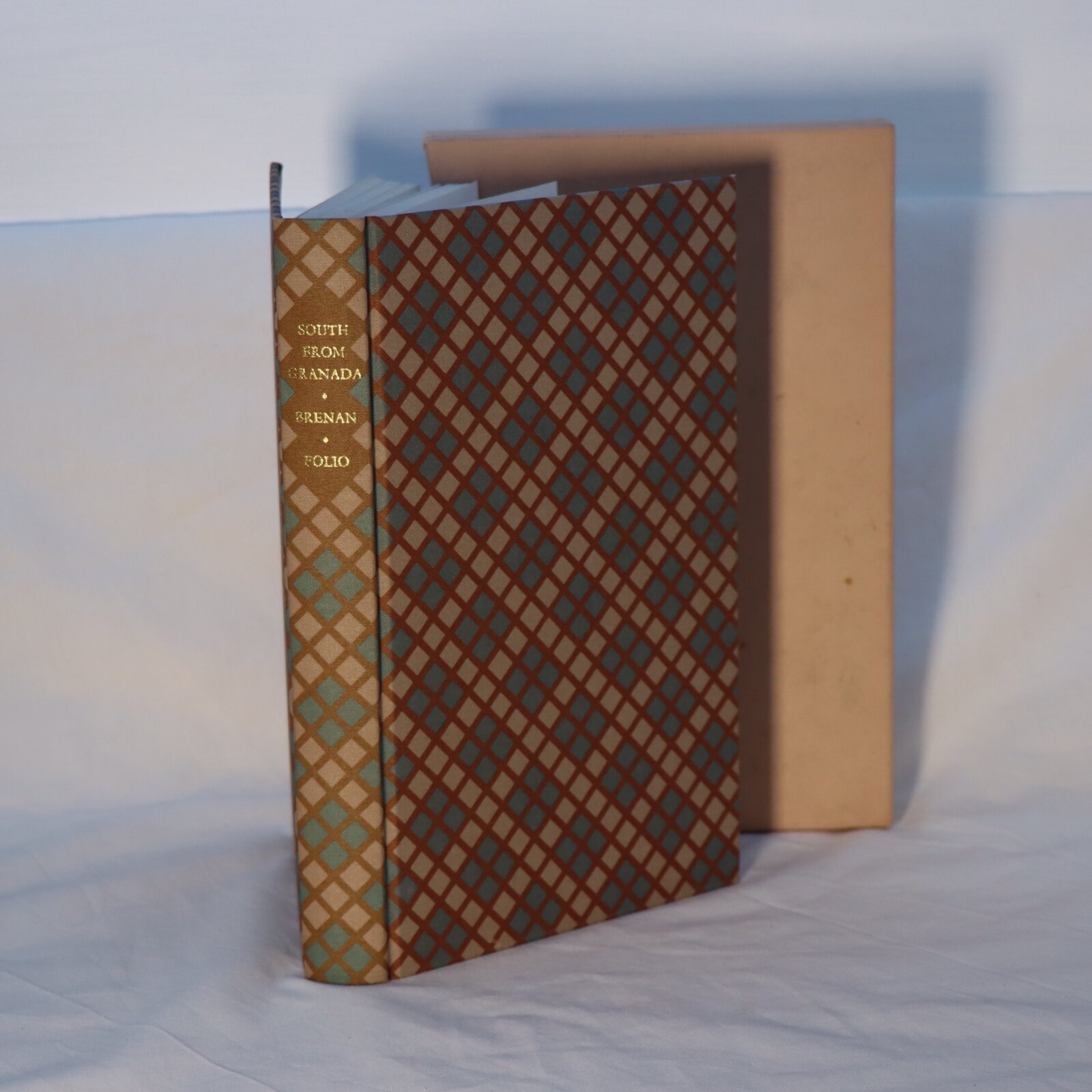
Share this Page with a friend

